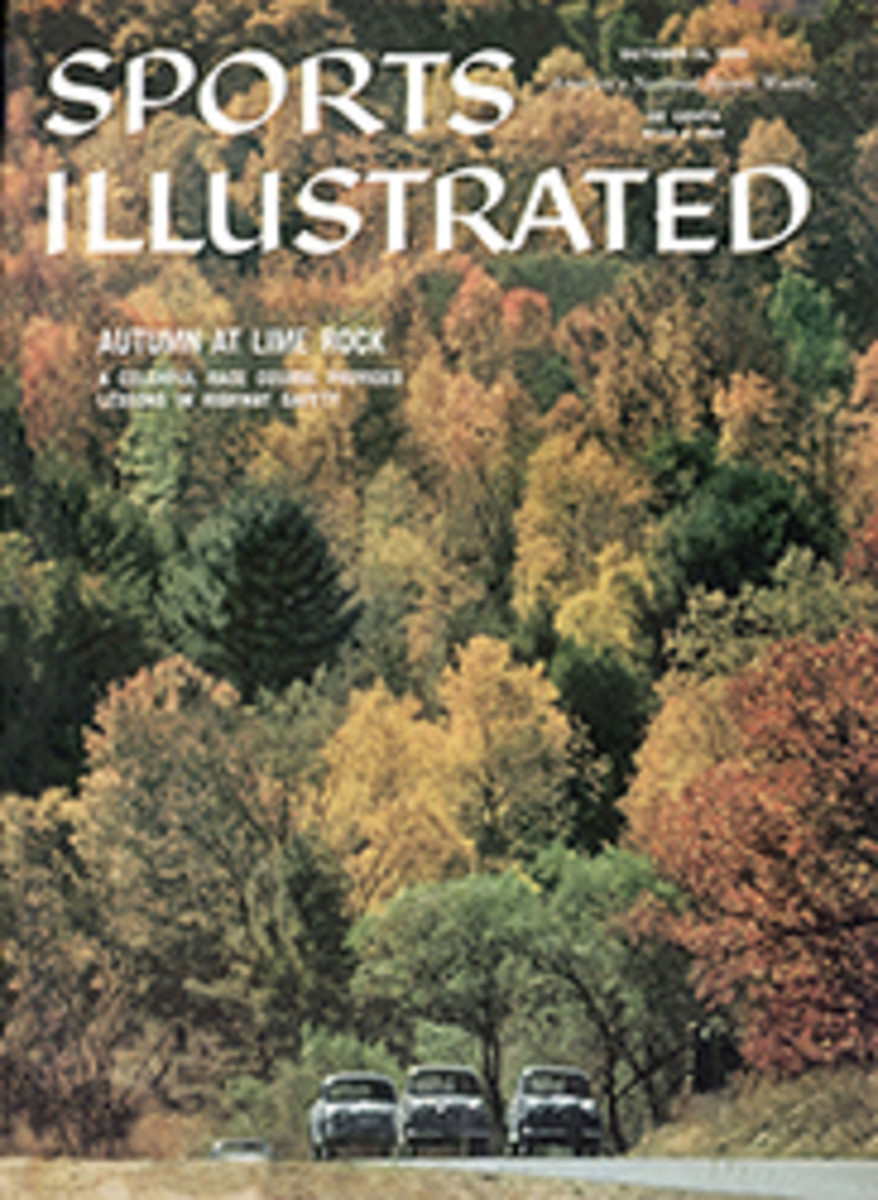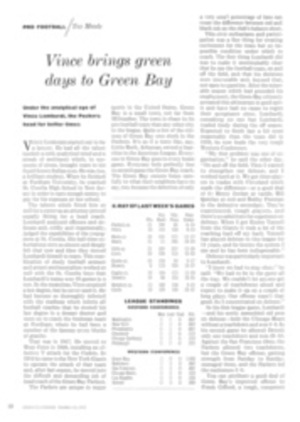
Salute to the ringneck
Dr. Roy Chapman Andrews, famed zoologist and explorer, Director of the American Museum of Natural History from 1934 to 1942, now lives in retirement in the Carmel Valley, Calif. He is the author of 20 books on science, exploration and adventure, but here he takes up the subject he likes best of all: pheasants in the field and on the fire.
The Chinese ring-necked pheasant is the most important and popular alien in our game bird world. He is beautiful, he is hardy, he is often polygamous and he believes in perpetuating his race. Eight to 13 offspring are his normal season's "get," but he may do even better than that.
The first permanent pheasant immigrants to the United States got their passports in 1881 from Judge O.N. Denny, the American consul general in Shanghai. They were given homestead rights in Oregon, near the mouth of the Willamette River, liked the country and settled down. Eleven years later, when shooting was permitted, 50,000 birds were reported killed on opening day. Since then the ringnecks have spread over the entire northern half of the U.S. and into southwestern Canada. In many states, upland shooting would be a poor sport indeed were it not for the pheasant.
Today, in some parts of the country, open shooting areas where there are even a few game birds are shrinking almost to the vanishing point. Upland shooting is becoming more and more a matter of game management, of private preserves and clubs where you can pay your money and shoot your bird. For these preserves the ring-necked pheasant is ideal, since he is easy to raise and always gives top sport. Each year many hundreds of thousands are raised in captivity, but they are always as wild as hawks. If any one of them is given half a chance, he will be off into the blue.
The ringneck also has a significant part in the field trial for gun dogs of all kinds. I have been a gun at retriever field trials in Arizona, Nevada, Idaho and all up and down the state of California during the past seven years. Pheasants are the principal bird encountered, and I shoot several hundred of them each spring and fall. I've learned to respect the ringneck, not only as a grand game bird, but as a very dainty morsel on the table when properly cooked. I must emphasize that. You cannot treat a pheasant casually in the kitchen. If you do, you will wonder why anyone ever said this bird was good eating.
At the end of almost every field trial the club sells the shot birds to restaurants or individuals. I always get several. Of course, I put most of them down in the freezer. I usually prefer hens, as they are likely to be more tender than cocks, although they are smaller. A pheasant is a difficult bird to pluck, either dry or wet; the skin is tender and the feathers are deeply embedded. It's a long job if you do it yourself. Even with the greatest care you will probably have some breaks in the skin. I recommend that you have your butcher do the plucking, if possible. (When I came to California I was horrified to discover that most sportsmen out here rip off the feathers, skin and all.)
It is important to remember, both in preparation and in cooking, that a pheasant is essentially a dry bird. In order to have no drying out in freezing, I take a two-quart milk carton, cut off the top, put in the pheasant (which has been plucked and cleaned) breast down, fill the carton with water and set it in the freezer. In a short time the bird will be encased in a solid block of ice. It can remain that way for months without losing either moisture or flavor. (This is also an excellent method of freezing trout and other small fish.)
Whether a pheasant is skinned or plucked, the bird's natural juices must be retained in the cooking. This can be done in the following way: Stuff it with a moist dressing and truss the bird neatly with string to prevent it from falling apart. Then run a spit lengthwise through the body. Having done that, wrap it tightly in foil, being careful to leave no openings where the juice can drain out. I like to cook pheasant in an infra-red rotisserie. Exposed to radiant heat, the bird cooks a little faster than by other methods. While it is cooking, I make a bread sauce, as there is nothing better for a pheasant. After you have removed the foil and browned the skin, you've really got yourself a bird.
stuffing the pheasant
For two medium-size pheasants—enough for four people—coarsely chop 4 stalks of celery, 1 medium onion and a large sprig of parsley. Coarsely crumble 6 slices of bread, a day or so old. Melt ¼ to ‚Öú pound of butter. Mix all ingredients thoroughly and season with about ½ teaspoon salt, ½ teaspoon poultry seasoning, a sprinkling of freshly ground black pepper, and herbs as desired.
Cooking the bird
(If using frozen pheasants, defrost at room temperature. Allow three hours at least for complete thawing.) Salt and pepper the inside of each bird. Stuff loosely; do not pack. Truss as you would a chicken and skewer it on spit. Smear lightly with leftover bacon fat and dot with a couple of pats of butter. Then wrap it in foil, sealing the ends around the spit as tightly as possible. Cook in infra-red rotisserie at high heat about 1¼ hours for medium-size pheasant. When done, remove foil but leave bird in the rotisserie for a few minutes to brown, brushing frequently with juice that has accumulated in foil. (Of course, if the pheasant has been skinned, it will not brown properly.)
For charcoal roasting, proceed in exactly the same manner, but cooking time will depend on degree of heat of the fire.
Bread sauce
For two pheasants, place in a double boiler 2 cups of milk, ‚Öì cup of fine bread crumbs, 1 onion stuck with about 10 cloves, ½ teaspoon salt and a few grains of cayenne. Cook over low heat, stirring occasionally, for ½ hour, when the sauce should be thick. Remove onion and add 2 tablespoons butter. Brown a few crumbs in butter and sprinkle over the top.
PHOTO
THE STOVE IS AN ISLAND in the middle of the kitchen, where Dr. Andrews cooks pheasant in an infra-red broiler. Brick oven, burners and even a barbecue pit (not shown) are grouped beneath canopy and overhead exhaust fans.

